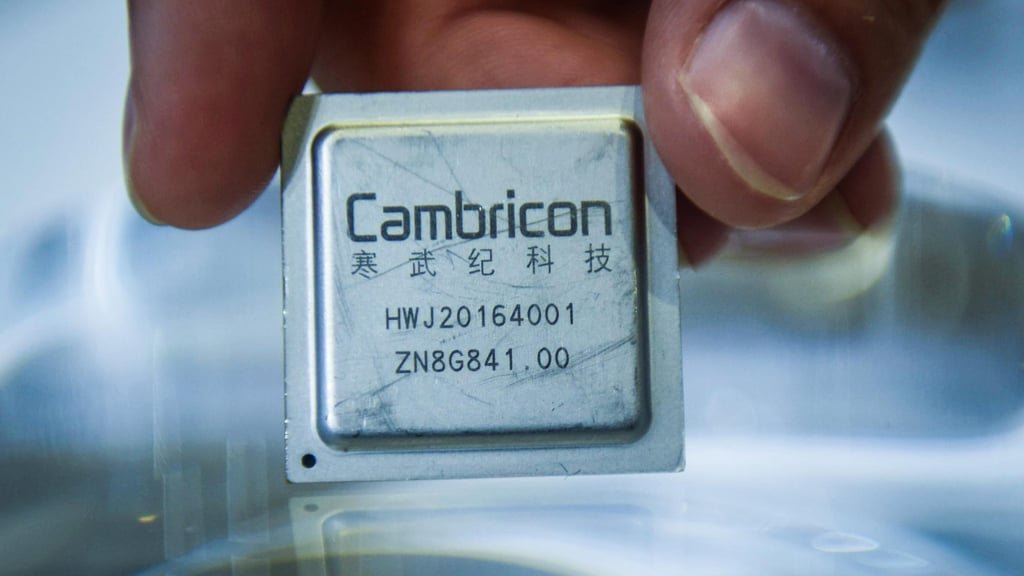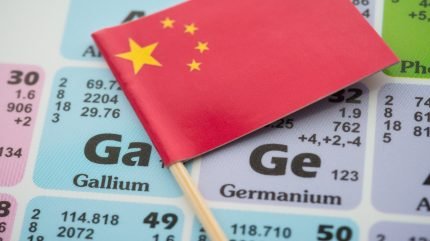XI’AN, China, Aug. 25, 2025 /PRNewswire/ — Xi’an in northwest China, where the ancient Silk Road began, now symbolizes China’s fusion of heritage and innovation. Part of our “Into Tech Park” series, this edition explores how technology fuels inclusive growth through the eyes of international students and entrepreneurs. Initiatives like the China-Europe Railway Express and Qinchuangyuan platform highlight Xi’an’s role as a global hub, where policy support and cultural openness turn ideas into real impact. Here, ambition finds a home, and the future is built on shared opportunity.
Xi’an, Where Ancient Culture Meets Smart Future
As war drums thundered across the theater, Ammara Hanif, a Pakistani student studying in Xi’an Jiaotong University (XJTU), gripped her seat. On the stage, through projection, dynamic lighting, holography, water screens and real-time video tracking, the production transformed history into a multisensory spectacle, reviving the grandeur of the Qin Dynasty and its legendary Terracotta Warriors. “This isn’t a history lesson,” she said. “It’s a time machine and we’re about to see where it leads.”
After the show, Anastassiya Yuy, a Kazakh student at the XJTU, said: “I never imagined technology could give history a heartbeat. This show didn’t just tell a story — it made me feel it. It showed that love and hope are universal, no matter where we’re from.”
Innovation for good
The combination of history and high-tech was just the beginning. The students were about to see how innovation is shaping the future beyond the stage.
The international visitors went to the Western China Science and Technology Innovation Harbor (iHarbour) of the XJTU. At its digital exhibition hall, they learned about the development history of the XJTU and its role in promoting international exchanges and sci-tech advancement.
At the Institute of Engineering & Medicine Interdisciplinary Studies, they learned about a four-year-old girl from Ganzi, Sichuan province in southwest China, who lost her nose in an accident. Thanks to 3D bioprinting and tissue engineering research led by Professor Wang Jing from the XJTU’s School of Mechanical Engineering, she received a new nose.
It was made possible through the Qinchuangyuan innovation platform, which links R&D, clinical application, and industrialization.
“This is medical treatment with a soul,” Yuy said. “I feel proud to study in a university that turns science into compassion.” Ammara added: “Seeing how interdisciplinary research can deliver real solutions gives me hope for the future.”
Furthermore, they engaged in in-depth discussions with Professor Li Min from the School of Mechanical Engineering. During the exchange, the visitors gained insights into cutting-edge interdisciplinary research focused on brain-computer interaction and rehabilitation.
At the School of Information and Communications Engineering, Professor Guo Cheng introduced millimeter-wave and terahertz microsystem technologies and their application in real-world settings.
The group also toured Building 7 at the iHarbour, a model of sustainable design that won the 2023 WFEO H.J. Sabbagh Prize for Excellence in Engineering Construction. Entirely designed by XJTU’s School of Human Settlements and Civil Engineering, the building has dual-layer solar photovoltaic-electrothermal systems, passive energy-saving strategies, and intelligent internal flow control, setting a new standard for eco-friendly smart architecture.
This forward-thinking mindset extends into education, where global partnerships are shaping the next generation of innovators. The students visited the XJTU-POLIMI Joint School, established in 2022. As the first Sino-foreign cooperative educational institution between Politecnico di Milano (POLIMI) and a Chinese university, the joint school serves as a global platform for education, research and startup incubation. “Education without borders,” said Russian student Alexey Pilipchak. “This is what global learning should be.”
Where openness fuels shared growth
Innovation thrives where ideas and intelligence flow freely. In Xi’an, this openness is embodied not just in factories and universities, but especially in the rails that connect them to the world.
At the Shaanxi Automobile Holding Group, the visitors gained an in-depth understanding of smart manufacturing. “In just few minutes, workers with technical support assembled an entire cabinet,” Ammara said. “The smart technology shows speed, efficiency and precision. It’s intelligent work.”
Emelyanova Anastasiya, a young entrepreneur from Belarus, was struck by the company’s customer service: “I’ve never heard of a company offering such comprehensive support. What you have done is to build long-term trust. Your service is exceptional.”
At the Xi’an International Port, a China-Europe Railway Express (Xi’an) train slowly pulled away, embarking on another journey along the bustling modern Silk Road. In the first half of 2025 alone, 3,055 such trains ran between Xi’an and different global destinations, carrying 3.45 million tons of cargo, a 34.8 percent year-on-year increase. “This is the new Silk Road,” remarked Shamsullah Shariati, a young entrepreneur from Afghanistan, adding that it means a lot for international cooperation. Yuy, who comes from Almaty, the largest city in Kazakhstan, said: “I used to think of borders as walls. Now I see them as connections. This train doesn’t just carry goods — it carries opportunity.”
Alexey, majoring in logistics management, said: “China is one of the world’s largest trading nations and also one of the fastest-developing countries in global logistics and transportation systems. I wanted to gain more knowledge and experience in this field, so I decided to come and study here.”
In ancient times, Xi’an served as a crucial eastern terminal of the Silk Road, a major trade route connecting the East and West. Today, it is regaining that legacy through innovation, collaboration and openness, demonstrating how technology and connectivity are shaping a future where both tradition and progress coexist harmoniously.
The city that makes foreigners feel at home
This spirit of openness is not just reshaping the city’s skyline. More importantly, it’s also creating new opportunities for people from around the world.
For Mukum Martin Mukum, a Cameroonian entrepreneur who has lived in Xi’an in northwest China for nine years, it was not the immigration officer’s stamp on his passport that made him feel at home, it was a cup of tea.
“It happened at a government event,” Mukum recalled during a recent interview. “I discovered a local tea so remarkable that I immediately sent some to my mother. Her response ‘Why didn’t you bring this home sooner?’ was my ‘aha’ moment. Now I’m determined to introduce this treasure to Cameroon and build a business around it.”
That spark of entrepreneurial idea, born from cultural exchange and supported by local policy, is exactly what the Xixian New Area of Xi’an is cultivating.
A national sci-tech innovation special zone, the Xixian New Area is a window to the Qinchuangyuan platform, where new ideas are born and academic strengths transform into economic impact.
Han Ping, deputy director of the technology innovation and new economy bureau of Xixian New Area, told Science and Technology Daily: “Xi’an is a city of knowledge, home to over 100 universities and top-tier research institutions. Qinchuangyuan was created to turn academic strength into real economic impact by opening doors to global talent and turning ideas into action.”
The Xixian New Area launched a pilot program to attract talent from around the globe. The process is simple: Submit a business plan and choose an international incubator. And upon approval, applicants can receive full support, from company registration and legal aid to work permits and office space.
“We want you to thrive,” Han said. Even students can participate. Through partnerships with universities like the Xi’an Jiaotong University (XJTU), they can intern with local firms, test market ideas, and gain real-world experience long before graduation. “It’s a bridge from campus to commerce,” Han added. “And it’s open to everyone.”




![[News] TSMC Reportedly Eliminates Chinese Equipment Use in 2nm Production as U.S. Rules Loom](https://koala-by.com/wp-content/uploads/2025/08/TSMC-WAFER-NO6-624x416.jpg)



